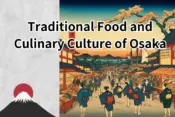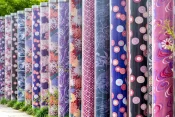The Traditional Arts and Crafts of Hokkaido
Hokkaido, Japan’s northernmost island, is renowned not only for its stunning natural landscapes but also for its rich tradition of arts and crafts. The unique cultural heritage of Hokkaido has been shaped by the indigenous Ainu people as well as influences from other regions of Japan. This article explores the diverse traditional arts and crafts that Hokkaido has to offer, highlighting the skilled craftsmanship and unique beauty that have been passed down through generations.
Ceramics
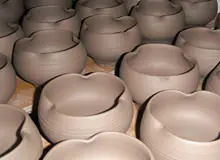
Source:Kobushiyaki Official Site
Ceramics in Hokkaido have a distinctive style influenced by the region’s history and natural resources. The clay used in Hokkaido ceramics often comes from the local area, lending a unique texture and color to the finished products. Traditional Hokkaido ceramics are known for their simplicity and rustic charm, often featuring natural glazes and hand-painted designs. Notable ceramic works include tea sets, vases, and sake cups. Some of the most famous pottery studios in Hokkaido include the Kitaichi Glass in Otaru, known for its beautifully crafted glassware, which also encompasses ceramic arts.
Textiles
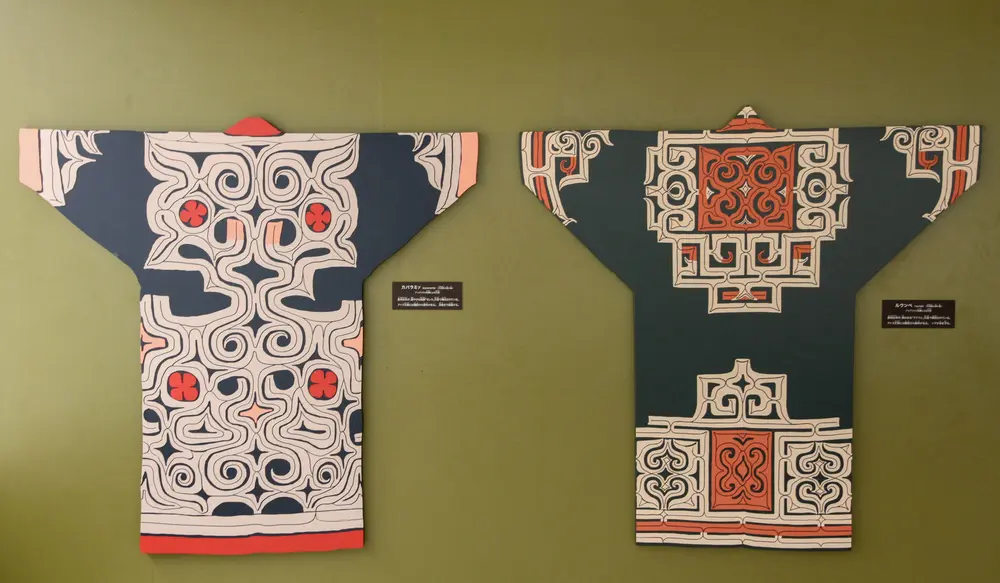
The textile arts of Hokkaido are deeply intertwined with the culture of the Ainu, the indigenous people of the region. Ainu textiles, such as the traditional “attus” (woven bark cloth), are renowned for their intricate patterns and symbolic designs. The process of creating attus involves harvesting the inner bark of the Japanese linden tree, processing it into fibers, and weaving it into fabric. These textiles often feature geometric patterns that hold cultural significance. Another notable textile craft is “nibutani-ori,” a traditional weaving technique that produces beautiful, durable fabrics used for clothing and accessories.
Woodworking
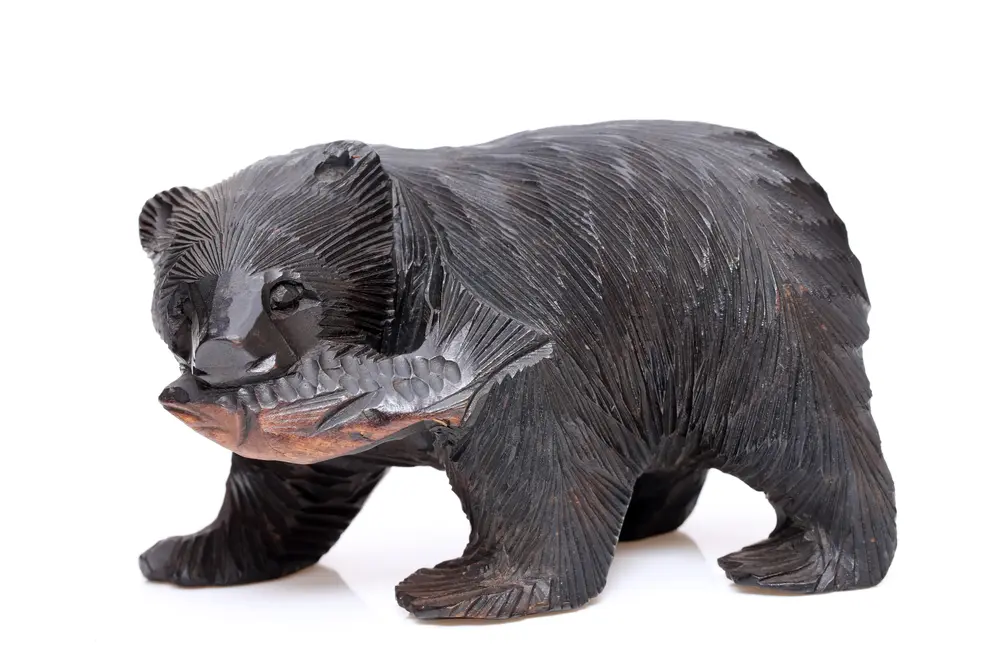
Hokkaido’s abundant forests provide a rich source of materials for woodworking. Traditional woodworking in Hokkaido includes the creation of “ikupasuy” (Ainu prayer sticks), “inau” (ritual wood shavings), and various everyday items such as utensils and furniture. The Ainu are particularly known for their intricate wood carvings, which often depict animals and spirits from their mythology. These carvings are not only decorative but also hold spiritual significance. Modern artisans in Hokkaido continue to produce high-quality wooden crafts, blending traditional techniques with contemporary designs.
Lacquerware
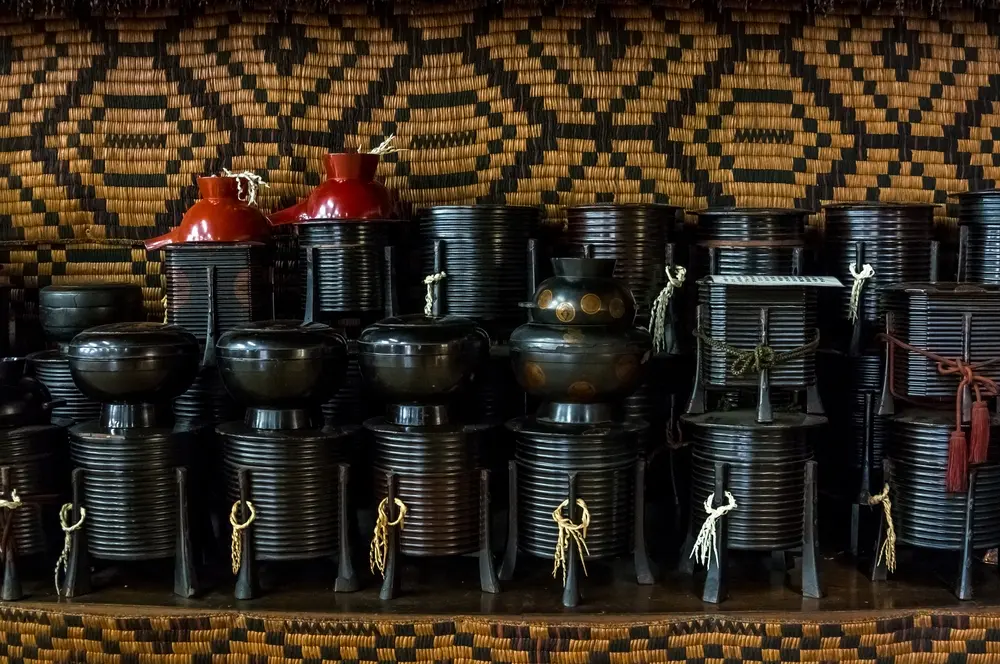
Lacquerware is another prominent craft in Hokkaido, known for its durability and glossy finish. The process of making lacquerware involves applying multiple layers of lacquer to wooden objects, followed by meticulous polishing. Traditional Hokkaido lacquerware often features natural motifs, reflecting the island’s landscapes and wildlife. Common items include bowls, trays, and chopsticks. The lacquer used in Hokkaido is often sourced locally, adding to the unique character of the finished products. The town of Wajima, although located in Ishikawa Prefecture, has had a significant influence on the lacquer techniques used by Hokkaido craftsmen.
Glassware
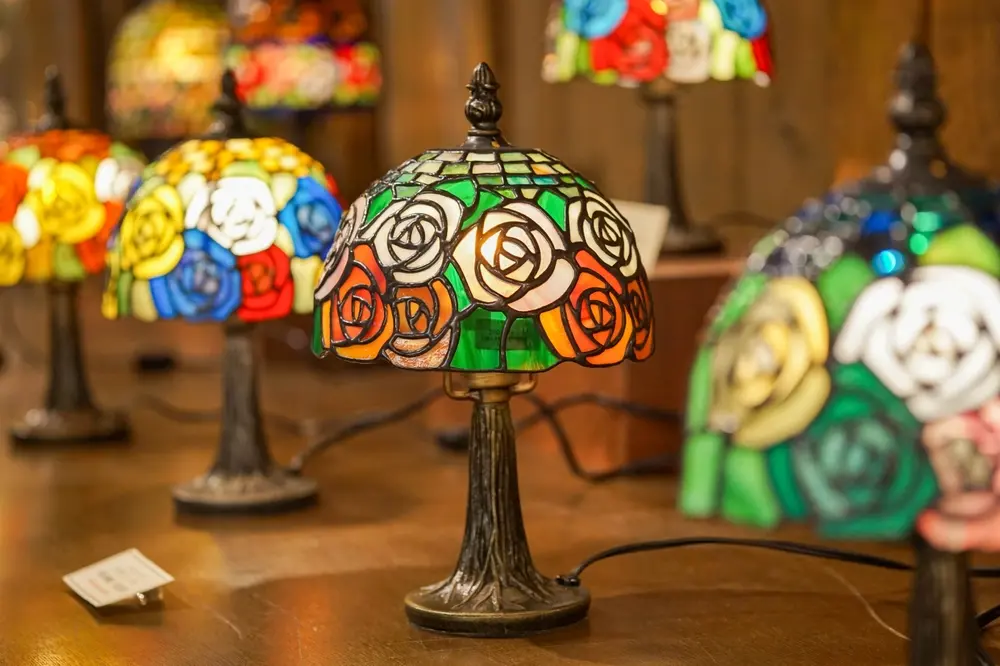
Hokkaido is also famous for its glassware, particularly in the city of Otaru. The glassware from this region is known for its exquisite craftsmanship and delicate designs. Traditional techniques, such as glass blowing and cutting, are used to create beautiful pieces ranging from everyday items like glasses and bowls to intricate decorative pieces. The Kitaichi Glass studio in Otaru is particularly renowned for its high-quality glass products and offers visitors the opportunity to try their hand at glassblowing.
Other Traditional Crafts
In addition to ceramics, textiles, woodworking, and lacquerware, Hokkaido is home to several other traditional crafts. Bamboo crafts, such as baskets and utensils, are highly regarded for their durability and aesthetic appeal. Japanese paper (washi) making is another ancient craft, with Hokkaido producing some of the finest washi used in calligraphy and art. Traditional dyeing techniques, such as “shibori” (tie-dye) and “katazome” (stencil dyeing), are also practiced, creating vibrant patterns on fabrics.
Experiences and Visits
For those interested in experiencing Hokkaido’s traditional arts and crafts firsthand, there are numerous workshops and tours available. Visitors can participate in pottery classes, weaving workshops, and wood carving sessions, learning from skilled artisans. Some of the best places to experience these crafts include the Otaru Taishou Glass Palace, where you can try your hand at glassblowing and ceramic painting, and the Nibutani Ainu Culture Museum, which offers weaving and carving workshops.
the Otaru Taishou Glass Palace
the Nibutani Ainu Culture Museum
Conclusion
The traditional arts and crafts of Hokkaido offer a window into the region’s rich cultural heritage. From the rustic charm of ceramics to the intricate beauty of Ainu textiles, each craft tells a story of skill, tradition, and creativity. Whether you’re a seasoned traveler or a curious explorer, the crafts of Hokkaido provide a unique and enriching experience. When you visit Hokkaido, make sure to explore these timeless traditions and perhaps take home a piece of this beautiful culture.


